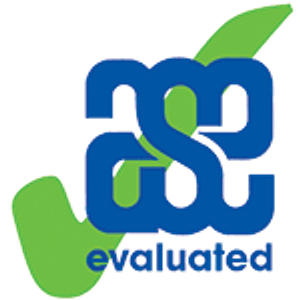Coral Oceans
Science | Ages 7-11
This science-based unit uses the stunning imagery and 360 media from the XL Catlin Seaview Survey and covers several of the main concepts for students studying living things at upper elementary level.
The unit can be used as a standalone primer for students, using a new and exciting context of corals, clownfish and sharks, or as a comparative study to the local environment.
Students work through a series of connected lessons to develop their understanding of:
- habitats and how they provide the basic needs of plants and animals
- identification, classification and the use of keys
- life cycles, anatomy and sexual reproduction
- how animals obtain their food using the idea of food chains
- how animals and plants are adapted to their environment
- human impact on the environment
Part of:
AXA Ocean EducationAn introduction to the world of coral and a chance for students to learn some of the skills needed to become a coral explorer.
Use this craft activity to get students hands-on with all the different living things that inhabit the coral reef.
Learn more about the coral polyp, a tiny creature that created the Great Barrier Reef, stretching over 2,300km along the eastern coast of Australia.
Debate how to group the range of life on the reef, before using formal classification groups and keys.
Use science and creativity to learn about food chains on the coral reef and use scientific vocabulary.
Learn about some amazing adaptations on the coral reef and apply learning to ‘create’ the ultimate coral animal.
Students will consider the various impacts humans have had on the coral reef ecosystem, both positive and negative.
This final lesson brings together all the previous learning as the classroom expedition returns to port, and the team delivers a press conference.
This lesson prepares students for their Coral Live 2021 session. Students generate their own questions to pre-submit and be answered by real…
Brought to you by

Celebrating


teach the goals



